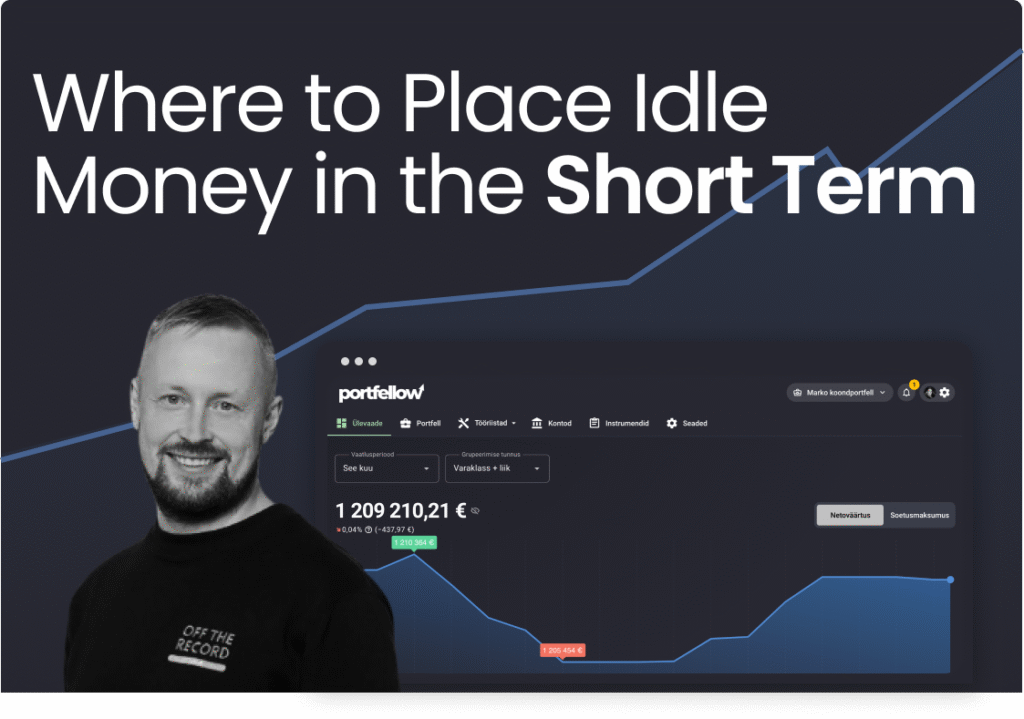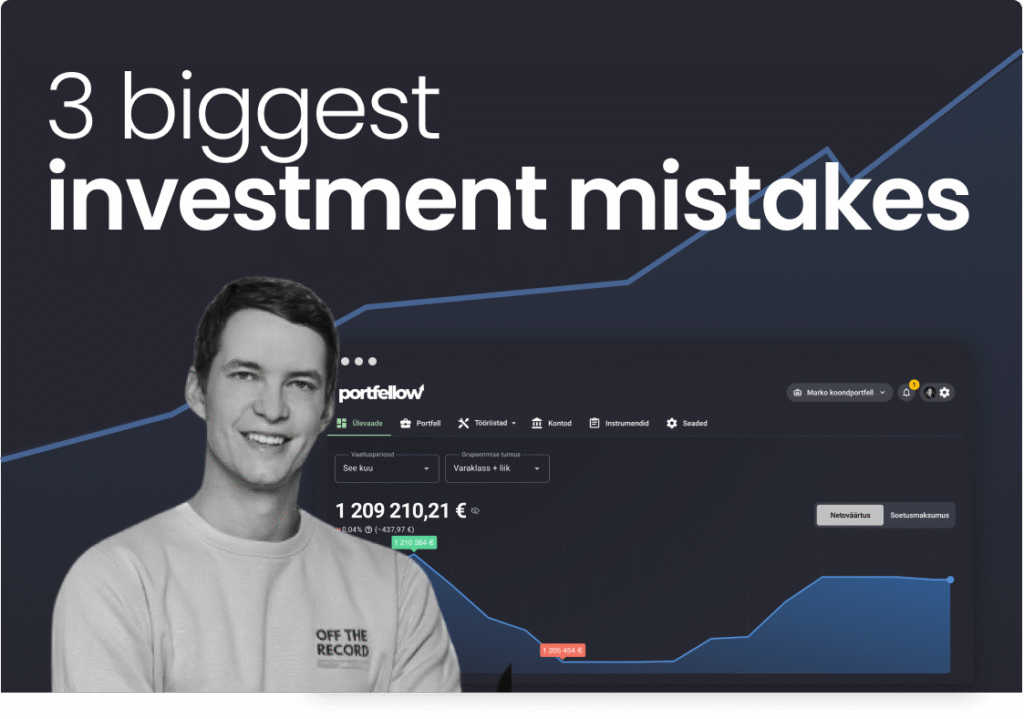
Investment Guide For Beginners: Start with the Right Knowledge
Before making your first investment, it’s crucial to understand the basics. Knowledge helps you avoid expensive mistakes, reduce losses,

Before making your first investment, it’s crucial to understand the basics. Knowledge helps you avoid expensive mistakes, reduce losses,

The Baltic bond market in spring 2025 offers a diverse selection. Yields reach up to 11%, and companies span the

Getting a clear view of your finances shouldn’t be complicated, especially if you’re juggling investments across personal accounts, companies, and

Until 2022 and 2023, we were talking about rising interest rates, but since around the beginning of 2024, they have

Making mistakes is an inevitable part of any investment journey. The positive side of mistakes is the opportunity to learn

What I wish someone had told me when I started building wealth. Wealth isn’t built in a moment—it’s crafted slowly,